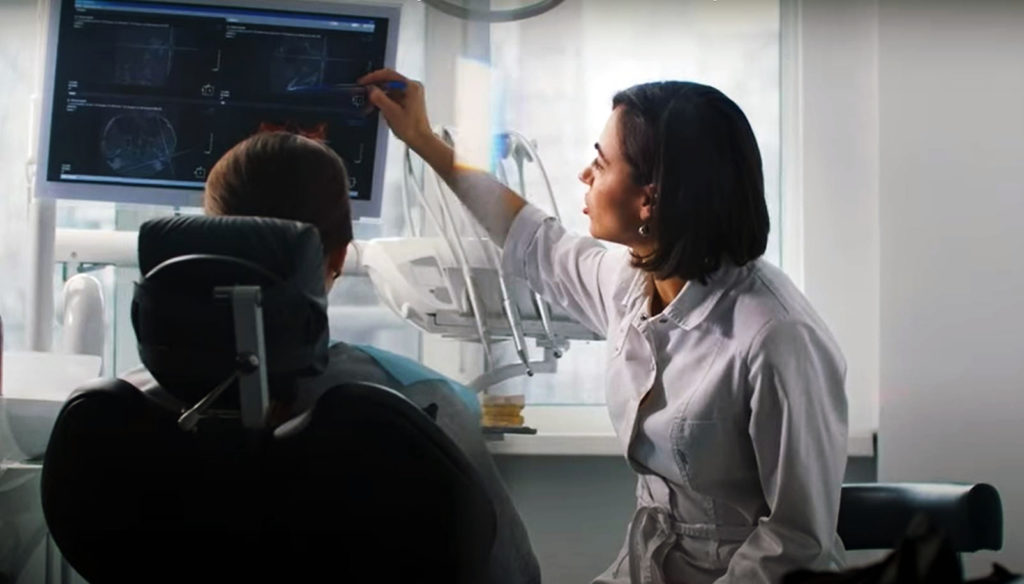
Exclusive Members Health research has revealed Australians with private health insurance are forking out more than $780 million for overpriced medical devices and implants, The Australian writes.
Members Health’s research – sourced from the latest official Government data for 2018-19 – shows privately insured prosthesis costs for heart and pacemaker related procedures are set almost four times higher than the public system, the newspaper reported. Costs for back and neck surgeries are seven times more expensive, with private insurers paying $4779 compared to approximately $736 in public, The Australian reported.
Members Health’s analysis showed individual private health consumers faced increased premiums of more than $100 a year because of the exorbitant costs associated with medical devices registered under the national Prostheses List.
“We’ve had review after review about changing the cost settings for the Prostheses List in private health, but that time has passed,” Members Health chief executive Matthew Koce told The Australian, urging immediate measures to replicate “best-practice pricing in the health system”.
The commonwealth is responsible for fixing prostheses costs for private health insurers on the Prostheses List – which contains more than 11,000 medical devices and implants – whereas pricing in the public system is governed by competitive tender, The Australian reported.
“At the moment we have a situation where hospitals can go out to market and tender for medical devices and private health can’t … undergoing life-changing hip surgery, cataract or heart operations in the private system shouldn’t come with a licence for big companies to print money at the consumer’s expense,” Mr Koce told the newspaper.
These latest findings follow Members Health’s investigation into prostheses price comparisons between the French and Australian systems, revealing how Australia’s health funds are paying about $4000 more for the same products.
Read the full story in The Australian.
